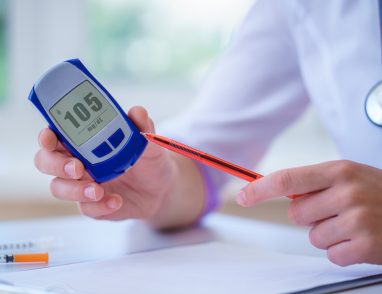Research: The Model Home and The Emergency Room
February 24, 2021 · Matt Brock
We have some Patient-Centered Medical Home (PCMH) research to tell you about. Model Homes: Evaluating Approaches to Patient-centered Medical Home Implementation was just published in Medical Care, a journal of The American Public Health Association.
As you know, PCMH is the care model aimed at improving primary care. And in the interest of full disclosure, NCQA’s PCMH model is the most widely adopted in the nation. Also, several of the authors of this study serve on NCQA’s research team.
Still, you can bet clinicians and policymakers will be weighing this study closely.
The study looked at records for more than five million patient-year observations from the HealthCore Integrated Research Database. It covered 5,943 practices from 14 different states. Each of the practices had begun their PCMH pursuit between 2011 and 2015.
“What we find is that after a practice gets recognized as a Patient-Centered Medical Home (PCMH), its patients use less care, and total cost of care goes down.” said lead author Philip Saynisch, PhD.
“Patients were less likely to use outpatient visits and diagnostic tests like labs and medical imaging and were less likely to visit the emergency room,” Saynisch added
The emergency room finding is consistent with earlier work showing that medical homes reduce ER use among patients with chronic illnesses.
The study also seems to identify an especially pronounced accomplice in cutting emergency room visits—the practices’ expanded use of health care technology.
“There was one group of practices that place more emphasis on expanding electronic access to the practice. Things like implementing a patient portal, having e-prescribing support, technology that keeps you in touch with your doctor even when you aren’t at the doctor’s office,” said Saynisch.
“What we found was that effect on emergency room use that we saw overall, was entirely driven by practices in that expanded electronic access group.”
So it appears there is a direct relationship between these electronic tools—the unfettered access they foster—and a statistically significant reduction in emergency room use.
One more note. The study also found a small reduction in the use of primary care visits by patients in practices recognized as a medical home. The speculation is that the data doesn’t reflect all the sorts of contact with your primary care doctor that doesn’t occur face to face in the exam room. So, if the PCMH practices had more telehealth, more secure messaging, more electronic management of prescription refills and referrals, you might see fewer visits, but the level of contact with the primary care team stayed the same or even went up.
That’s just a few notes. We encourage you to read the entire study. And we congratulate the authors (a special nod to the NCQA researchers). We also congratulate all those folks actually holding down a model home, increasing access for patients and improving the nation’s health care quality.








